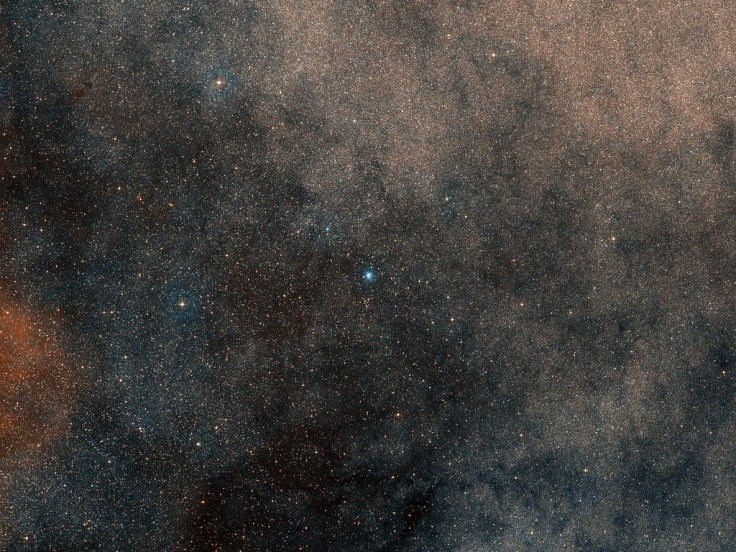Terzan 5: Fossilized Relic Of Early Milky Way Bridges Gap Between Past And Present

An international team of astronomers has revealed that a fossilized remnant of the early Milky Way can help them bridge the gap between the galaxy’s past and present, allowing them to better understand its evolutionary history.
Dubbed Terzan 5, the rare fossil relic of the early Milky Way contains stars that are remarkably similar to the most ancient stars in our galaxy. Terzan 5 resembles a globular cluster — it has been classified as such for the last 40 years since its detection — but astronomers have now discovered that it is not like other globular clusters known so far.
Astronomers discovered strong evidence that Terzan 5, which is located 19,000 light-years from Earth, contains two distinct kinds of stellar populations with ages of 12 billion years and 4.5 billion years respectively. This huge age-gap indicates that the star formation process in Terzan 5 was not continuous, but was dominated by two different bursts of star formation, astronomers revealed in a new study, which will be published in the Astrophysical Journal.
According to current theories on galaxy formation, the primordial bulge of the Milky Way was formed after huge clumps of gas and stars interacted with each other, and later merged and dissolved in the process.
“We think that some remnants of these gaseous clumps could remain relatively undisrupted and keep existing embedded within the galaxy,” Francesco Ferraro from the University of Bologna, Italy, and the lead author of the study, said in a statement. “Such galactic fossils allow astronomers to reconstruct an important piece of the history of our Milky Way.”
Astronomers made the latest discovery by using data from the Advanced Camera for Surveys and the Wide Field Camera 3 on board Hubble, as well as other ground-based telescopes including European Southern Observatory’s Very Large Telescope.
The properties of Terzan 5 are not like the ones found in a globular cluster, but they are very similar to the stellar population found in the Milky Way’s galactic bulge — a tightly packed central region of the galaxy. Astronomers believe that these similarities could make Terzan 5 a fossilized remnant of galaxy formation, which may represent one of the earliest building blocks of the Milky Way.
“Some characteristics of Terzan 5 resemble those detected in the giant clumps we see in star-forming galaxies at high-redshift, suggesting that similar assembling processes occurred in the local and in the distant Universe at the epoch of galaxy formation,” Ferraro said.
© Copyright IBTimes 2025. All rights reserved.




















